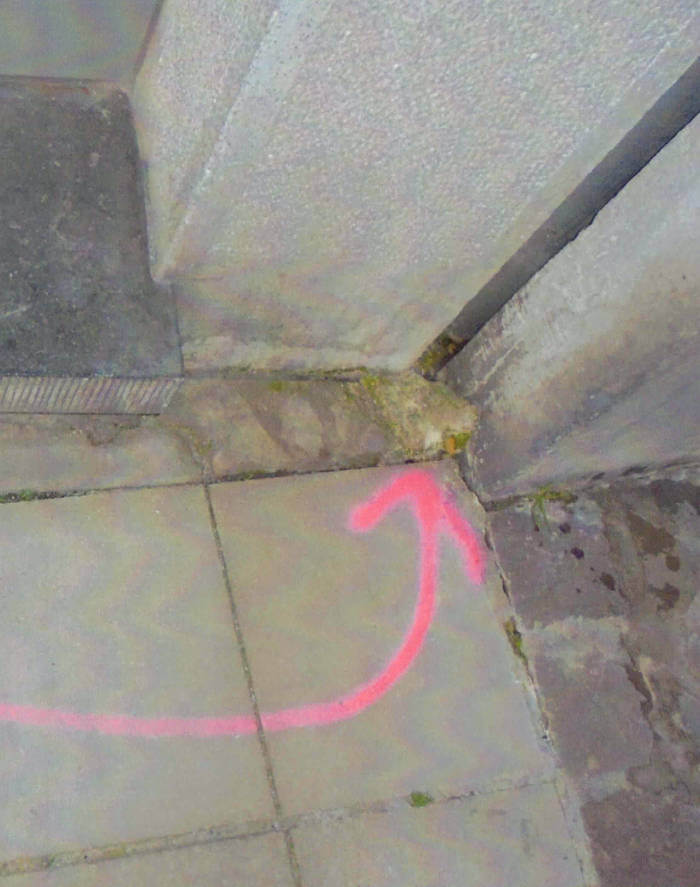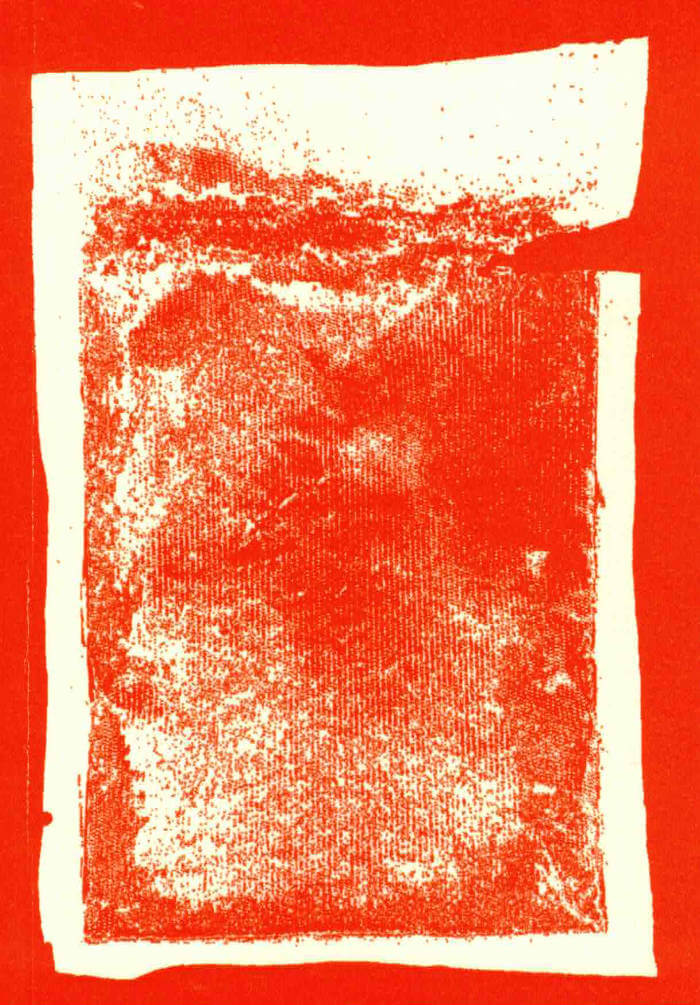
Archive 2019-2024
A photographic archive of Luca Borrini spanning 2019 to 2024.

A photographic archive of Luca Borrini spanning 2019 to 2024.

Chilli is one of the most popular food ingredients in contemporary China, and symbolic of modernisation. More Than Chilli goes beyond its trendy façade to explore Chongqing, known for its tradition of spicy food. From the perspective as a local, Rossy Liu reflects on her own personal memories associated with chilli. A combination of fragmented scenes, objects, dialogues, movements and sounds are drawn on to unravel the locality of culinary identity. While chilli has become a ubiquitous flavour in today's global society, the book emphasises the hidden intimacy that still exists between Chongqing locals and their unfiltered connection to chilli.

fanta for the ghosts by Elisabeth Molin
2021, English
46 pages, 120mm x 210mm
edition of 500
Co-published with OneThousandBooks and Elisabeth Molin

Marine Forestier, Kamilé Krasauskaité and 1 more
Saliva est le résultat d'une résidence collaborative en octobre 2021 à Fructôse, Dunkerque.
Édition de 100 exemplaires.

A poetic script, an apocalyptic newspaper, and a syntax of intersected historical narratives. An investigation of an archive of writings previously published in The Lowell Offering, a periodical issued between 1840-1845 by women factory workers in Lowell, Massachusetts.
Design by Daria Kiseleva

First edition of the Engagement Arts Zine.
Published May 2019

The work of Iranian-Belgian artist Mashid Mohadjerin (°1976, Teheran) is an intricate tapestry of personal and collective memory, weaving together photography, text, video, and archival material to explore themes of displacement, resistance, and identity.
Family chronicles merge with momentous political events and are set against the background of a broader history of the MENA-region. Mohadjerin uncovers invisible nuances hidden beneath the extraordinary and the familiar.
In Riding in Silence & The Crying Dervish (2025), Mashid Mohadjerin draws from the depths of her family history, unraveling the echoes of migration, forced departures, and the quiet endurance of those caught between worlds. The book builds on her previous work, Freedom is Not Free (2021), where she explored the role of women in movements of resistance across the MENA region. However, in this latest series, she turns her gaze towards the intersection of masculinity, political ideology, and displacement, examining how historical forces shape personal narratives in ways both visible and unseen.

BILL 5 contains 192 offset printed pages printed in CMYK, silver,
black and white on a dozen different paper stocks with
some Japanese bound signatures.
Sand, wind, tide, bills, tulips, LA, parking lots, waves, thoughts, bagels, prints, Tokyo, orchids, horses, backs, balm, magazines, updates, shadows, Elena's shoe, two mudbaths and a garage door...
by Boyle Family, Jochen Lempert, Ketuta Alexi-Meskhishvili, Gillian Garcia, Beat Streuli, Takashi Homma, JP, Adrianna Glaviano, Mimosa Echard, Rosalind Nashashibi, Gerald Domenig, Christian Kōun Alborz Oldham, Martiniano, Blommers Schumm

Ana Pi, Léna Araguas and 2 more
Jangal est un ouvrage collectif avec la participation d’Ana Pi, Julien Creuzet, Léna Araguas et Éva Barois De Caevel. Il a été conçu lors de l’exposition « Cet ailleurs, qui rejaillit en moi, lorsque je suis là (…) » de Julien Creuzet à la galerie NaMiMa de l’École nationale supérieure d’art et de design de Nancy.